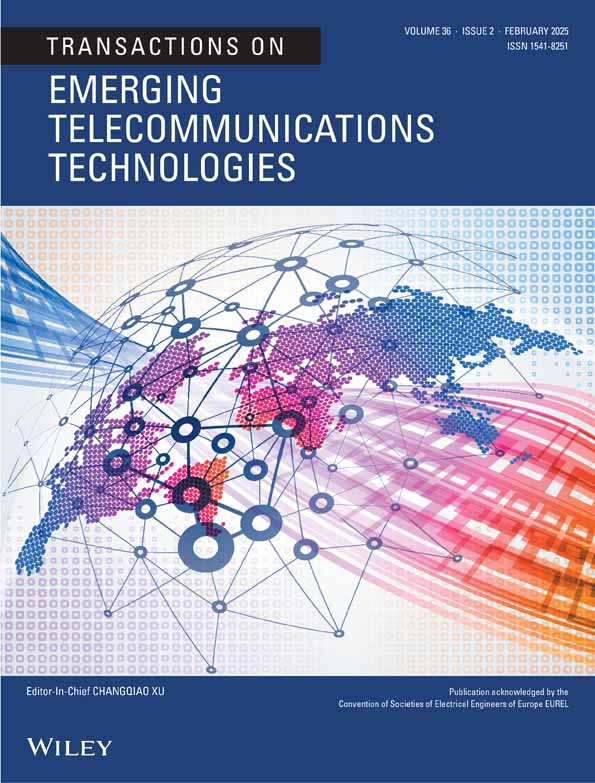An Optimized Dual Generative Hyperbolic Graph Adversarial Network With Multi-Factor Random Permutation Pseudo Algorithm Based Encryption for Secured Industrial Healthcare Data Transferring
ABSTRACT
The industrial healthcare system suffers from severe security threats while sharing sensitive medical information. Inefficiency in processing data and misclassification of data are some of the problems faced by the system. This paper introduces a new framework, Deep Greylag-GHGAN, to address these problems. The proposed framework consists of a Dual Generative Hyperbolic Attention Graph Adversarial Network (DG-HGAN) with a Multi-Factor Random Permutation Pseudo Algorithm-based encryption system to monitor the health and ensure secure and efficient data transfer. The healthcare data undergo authentication based on a Multi-Factor Role-Based Access Control (MFRBAC). Then encryption with Improved Secure Encryption with Energy Optimization using Random Permutation Pseudo Algorithm (ISEEO-RPPA) is implemented to secure the data transfer. To clean it, pre-processing by Grid Constrained Data Cleansing Methods improves the data quality concerning noise reduction and normalization data besides redundancy removals. Classification is conducted with optimized DG-HGAN through an application of Greylag Goose Optimization (GGO) to achieve high-accuracy results with efficiency in execution. Experimental results show that there is a 93% improvement in security and a 99.9% accuracy in data classification compared to the existing methodologies. This comprehensive approach ensures the secure handling of sensitive medical data while maintaining processing efficiency and accuracy, making it a promising solution for real-world industrial healthcare applications.
Open Research
Data Availability Statement
Data sharing not applicable to this article as no datasets were generated or analysed during the current study.




